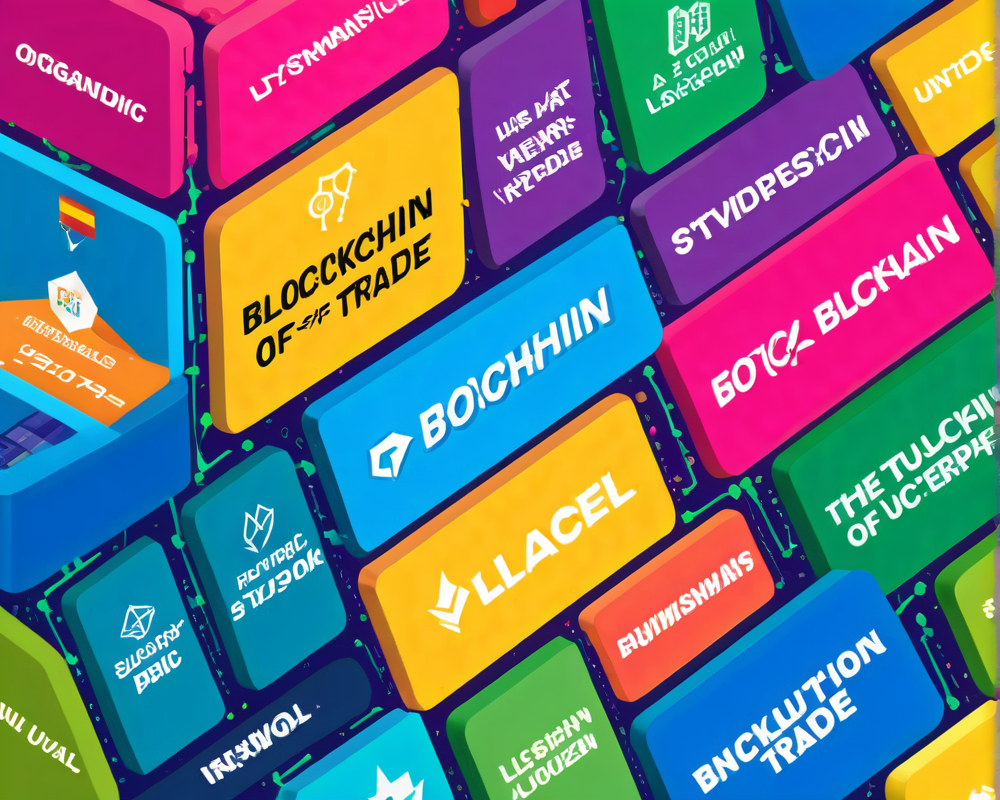An Overview of Blockchain’s Impact on International Trade
As the world spins on, the landscape of international trade continues to evolve, with blockchain technology (also known as Distributed Ledger Technology or DLT) leading the way. The World Trade Organization and Trade Finance Global have recently unveiled an updated taxonomy of blockchain projects in international trade, presenting it as a modern-day periodic table. Think of it as the elemental chart of the trade universe—except, instead of hydrogen and helium, we have cutting-edge tech and trade innovation.
Tracking Progress: Maturity of Blockchain Projects
Back in December 2019, the maturity level of these projects was a sleepy 2.3 on a scale of one to five. Fast-forward to today, and we’ve perked up to a lively 3.3! To put it simply, these projects have evolved from the awkward early stages of production to a status where they are buzzing along nicely but not yet fully operational. So while they may not be running marathons just yet, they have certainly upgraded from crawling!
Key Benefits of Blockchain in Trade
Why all the fuss over blockchain? Well, according to the report, it offers two main perks for international trade:
- Increased Transparency: Blockchain boosts what analysts call “track-and-trace” capabilities. This feature is like a bodyguard for your products—assuring their authenticity and ultimately building customer trust. Because who doesn’t want to know their avocado is really from Mexico and not just a clever impostor?
- Streamlined Trade Digitalization: DLT can simplify the trade paperwork mountain that often feels like a never-ending slog through molasses. It enhances security in the exchange and monitoring of data, paving the way for a smoother, quicker trade process.
The Weakest Link: Customs Integration
However, for all its strengths, the report points out that blockchain systems are only as strong as the weakest link in the chain. And in the realm of international trade, that often means the customs integration process, which is still at the ”feathering-the-nest” phase—a lot of great ideas, but not much feathers yet!
Latin America is stepping up to the plate with innovative projects like Cadena, which aims to integrate customs agencies through DLT. It’s a collaboration between Mexico, Peru, Chile, and Costa Rica, supported by techno-wizards at Microsoft and IDB. Kudos to them for making strides that could lead the way for other regions.
Global Movements and Developments
On the international front, major players aren’t sitting idle. The U.S. Customs and Border Protection Office is conducting proofs-of-concept for NAFTA/CAFTA. In Asia, Shanghai’s “Single Window” initiative is on the move, while Europe is experimenting with digital trade documentation through the DG Taxud ATA carnet proof-of-concept.
The DLT-based TradeLens project is also gaining traction by integrating customs authorities, and innovations are surfacing like Dubai Customs embracing a DLT trade documentation initiative from Avanza Innovations. It seems exciting times are ahead!
The Road Ahead: Challenges and Opportunities
Yet, for all these positive developments, the report doesn’t sugarcoat the challenges we face. In the high-stakes game of trade digitalization, innovators need to pick up the pace by tackling those customs integration bottlenecks and stretching their ambitions. If they do not, we might just be looking at a lot of unfulfilled potential—and nobody wants that in their trade journey!
In conclusion, the periodic table of blockchain projects isn’t just a whimsical chart; it’s a snapshot of an evolving industry that’s getting closer and closer to reaching its full potential. Keep your eyes peeled, folks. The future of international trade might just be a tech-laden rollercoaster ride!




